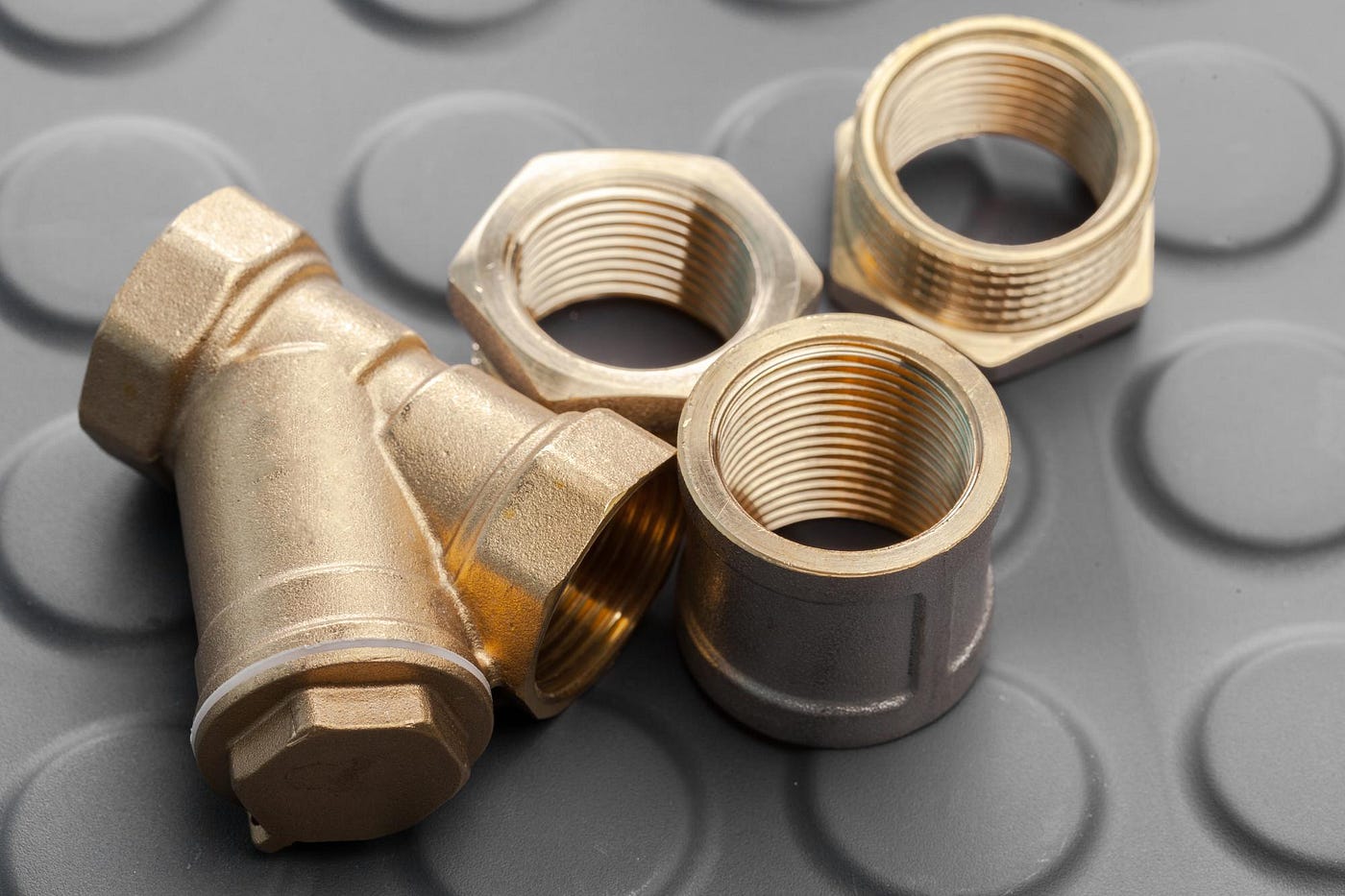The general purpose and functionalities of pneumatic systems impact industrial applications, machinery system operations, and assembly units. If you are looking for a detailed overview of navigating pneumatic systems and the various pneumatic fitting types, this article will significantly help.
What are Pneumatic Fittings?
It is another set of vital pneumatic parts that connect the other components. Because of these, the pneumatic system’s tubes, hoses, and pipes are correctly and tightly sealed for the control system to work. Aside from that, it also keeps everything connected and specializes in instrumentation.
Since there are different types of pneumatics, size is expected to differ depending on the general purpose and application. Every form or dimension can be checked through the pneumatic fitting types chart. Then, it will show the specific connections and functionalities they can provide.

Common Pneumatic Fitting Types
There are a lot of choices in the pneumatic fitting types’ chart that also include the connection type and where the fitting specializes. You can compare them to determine which is appropriate and suitable for your pneumatic system. Here are the common pneumatic fitting type names you need to review:
The Threaded Fittings
It is called a threaded fitting for a reason, and it is because of the screw threads used in its surfaces, both from the inner and outer parts. This design depends on the matching threads used to connect during the operations. Additionally, two types of threads are used in this fitting: the straight thread and tapered thread.
The Compression Fittings
Under the compression, fittings provide connection and extension from the vessels to the fittings using a top-notch compressive force during the actuation. Also, this pneumatic fitting type offers tightness and safety.
The Ball and Sleeve Fittings
The working principle of the ball and sleeve fittings is quite similar to the disconnection and reconnection series. It begins with retracting the outer sleeve, then connecting the ball fitting and disconnecting it in a frequent motion. Also, it is one of the convenient among the other types.
The End Fittings
There are two different categories of end fittings: the clamp ends and plain ends. These two end fittings specialize in two different ways to connect the surfaces and vessels of the pneumatic system. The plain ends can be used by welding or any adhesive features, while clamping is the main detail of the clamp ends.
The Push-to-Connect Fittings
This type has a detail called collar retraction, where the tubes will be connected and accepted once they are pushed into the end. It has similar information to the ball and sleeve fittings regarding the disconnecting and reconnecting motion.
The Crimp Fittings
This fitting type will need some crimping tools to build the connection between the hoses and tubes, and its general purpose is to place the hose at the end of a tube. The most common tools are sleeves, crimp sockets, or rings.
How to Choose the Right Pneumatic Fitting

Before purchasing any pneumatic fitting types, it would be best to know the factors that need consideration to ensure that it does the job and is suitable for the process. To further assist you on how to choose the right one, we highlighted the factors that you need to identify first below:
The Working Environment
The first and foremost factor you should consider is the environment where you will apply or use it. You have to analyze in-depth how to choose a fitting that has the resistance and durability to exposure to moisture, contaminants, and extreme conditions. Also, it will help you select a reliable one if you already studied the working environment.
The Required Pressure Range
Every type follows a specific pressure rating since it will determine the maximum capacity the fitting can hold without causing a breakdown, failure, or leakage. The pneumatic system’s pressure measurement is Pounds per Unit Square Inch (PSI). It is best to double-check that your fitting has a pressure rating enough to cover the application and achieve top-notch performance.
The Fitting Material
Ensuring that the materials used are compatible with the pneumatic system will give you a lot of advantages. It would be best to examine the physical properties your application needs, like stainless steel, plastic, aluminum, or brass materials.
The Type of Tube
The two most important details to also examine are the sizing and dimensions of the required tubes and hoses. Review the measurement well, plus the kind of materials that the two were made from.
Thread Type Needed
Since there are different pneumatic fittings types, they also come in different sizes. Because of this, it would be best to analyze the compatible type of threads needed for the connection between the parts of the fittings. Also, this will make it properly sealed.
Conclusion
The presence of pneumatic systems in most of the equipment in industrial, commercial, and automation operations increased gradually, hitting the market with an increase in demand. But before planning to purchase or invest in pneumatic systems, it would be best to have the basic knowledge and ideas on how they work and their general purposes.
Overall, the blog above explained everything from the detailed explanation about pneumatic fitting types to the factors you need to consider before choosing the right fittings for your next navigation of pneumatic systems. Since these details are already provided above, all you need to do is review them and analyze them for the best decision and choice you will come up with for your following pneumatic system navigation.

